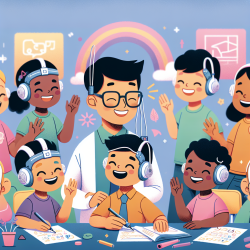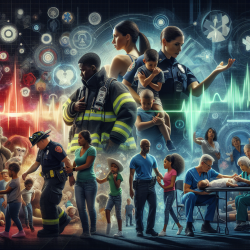As an educational therapist, there is nothing more fulfilling than witnessing the progress of students. At TinyEYE, we strive to provide the best online therapy services to schools, and recent research offers us an inspiring method to enhance our practice: storytelling.
The study titled Effect of storytelling on hopefulness in girl students sheds light on how storytelling can significantly improve hopefulness in students. Conducted in Isfahan's 2nd educational district, this quasi-experimental study involved 34 randomly selected girl students aged 8-11. The results were promising, showing a significant increase in hopefulness scores after eight storytelling sessions.
Here are some key takeaways from the study that you can implement in your practice:
- Engage Students Emotionally: Storytelling allows students to place themselves in the protagonist's shoes, helping them explore different solutions and select the best possible methods. This emotional engagement can foster critical thinking and decision-making skills.
- Use Culturally Relevant Stories: The study used stories adapted from Iranian and foreign novels, modified to fit cultural norms. Ensure that the stories you use are relatable and resonate with the students' backgrounds.
- Create a Safe Environment: The storytelling sessions were conducted in a comfortable setting without the presence of teachers, allowing students to express themselves freely. Creating a safe space for storytelling can encourage open communication and self-expression.
- Incorporate Various Techniques: Use sound imitation, play-acting, and visual aids to make the storytelling sessions more engaging. These techniques can make the stories more vivid and memorable for the students.
- Measure Progress: Utilize tools like the Kazdin hopefulness scale to assess the impact of storytelling on your students. This can help you track their progress and adjust your methods as needed.
Storytelling is not just a method for improving hopefulness; it is a powerful tool for teaching essential life skills. It can help students develop self-knowledge, self-acceptance, and a positive outlook towards their future. By incorporating storytelling into your practice, you can create a more engaging and effective therapeutic environment.
Encouraging further research in this area can also be beneficial. Exploring other creative methods like art therapy, music therapy, and game therapy can provide a holistic approach to student development.
To read the original research paper, please follow this link: Effect of storytelling on hopefulness in girl students.










